Chemistry Hacks to Grow a Pretty & Easy Patio Garden (Even for Non-Gar

by
Alexis @ Chemistry Cachet
(IC: blogger)
If you have followed Chemistry Cachet for the last few years, then you know I am a huge believer in patio and container gardening. I love sharing chemistry tips to grow an EASY patio garden that anyone can enjoy!
My husband and I lived in apartments for SEVEN years before we bought our home! The only gardening I could do was on my patio, so that’s just what I did.
Since moving to Texas from southern California, I have been experimenting with all types of patio gardens that do well in harsh climates and are the easiest to take care of.
I also studied horticulturewhile getting my chemistry degree and learned some valuable tips. Chemistry∇ is the heart of gardening when you think about it.
Soil pH, chemical nutrients, and scientific research help grow great flowers 

Over the last few years, I have written many posts on planting and growing flowers.
Today, we have all the chemistry hacks∅ combined into one post including some never before written about chemistry tips!
Pick Your Flower:
Hibiscus
This is my personal favorite. It grows phenomenal in all climates and temperatures. Can be wintered in the garage. Each winter, I bring the plant inside and it always goes dormant. I bring it outside each spring and it comes back to life (see picture below). I don’t do anything special to it over the winter either.
Read this:
How to Pot Hibiscus Step by Step AND How to Pot Hibiscus Step by Ste
Five easy tips for potted hibiscus (Please visit the blog link at the end of this post for all these links!!!)
Feed your hibiscus with our homemade plant food or compost. (Visit Blog Link for homemade plant food link)
Geraniums
By far one of the easiest flowers to grow! You can buy one plant, and divide it into multiple other plants. Geraniums split nicely, just do it at the large base area of the plant, and it will get new roots quickly.
Below are some tips for geraniums. My number one tip for this flower is DO NOT over water. In fact, the less you water a geranium, the better off it will be.
The roots are very shallow, not thick or deep like other plants. It will get root rot and die easily. This makes it a great plant for those who forget to water 

Visit Blog Link for these tips:
4 easy tips on potted geraniums
IMPORTANT summer tips for geraniums
Other Flower tips found in this guide: Rose Bushes in Pots, English Ivy, Ferns, Herbs, and Other potted flowers.
Fungicide and Insect Problems
If you struggle with black spotting on your plants (this happens to my roses more than anything), check out this tried and true post on black spots. (Visit Blog Link below :) )
Keep cinnamon and cinnamon oil handy. One of the most fascinating chemicals that can treat fungus AND insects is cinnamon. Be sure to read this in depth post for that.
WD-40 is another chemist hack for insects. Sounds weird, but it can be very useful for certain crawling insects. Read this post to learn about that! (Visit Blog Link)
Remember our homemade weed killer? (Visit Blog Link) It works great for ants. Now, DO NOT spray this on your plants! But, if you experience ants that are crawling on the pots or concrete, spray this on the area to kill them. It will also deter them from coming again. I had a problem with ants crawling from the patio through the back door for months, so I sprayed this homemade solution by the back door area. They haven’t been back since!
Fertilizer
Potted plants tend to need more nutrients than those grown in the ground. The reason for this is the nutrients don’t last as long in a pot. It has no other soil besides the pot. Flowers in the ground have an endless supply of soil, rocks, rain water, and other sources of nutrients.
For most potted plants, using this homemade plant food is a great way to add nutrients once a month. (Visit Blog Post for Link)
If you have an acid loving plant, the easiest way to feed them (no more than once per month) is to mix 1 cup of vinegar with 1 gallon of water and use this on the soil. This is only going to be beneficial for acid loving plants. Be sure to check the details on the flowers before using this.
My favorite homemade slow release plant food is found in Chemistry Hacks for Home and Outdoor (Find Link in Blog Post Below) . It is almost free to make and is the best way to get all the nutrients a plant needs.
Be sure to click the link below for the full guide and tips!
Enjoyed the project?

Want more details about this and other DIY projects? Check out my blog post!
Published May 3rd, 2017 6:33 AM
Comments
Join the conversation
6 comments
-
 Michelle Leslie
on May 03, 2017
Michelle Leslie
on May 03, 2017
Thank you so much for all of this. I think I'm going to get lost on your blog for hours

- See 2 previous
-
-
-
Thanks Brenda!
 Alexis @ Chemistry Cachet
on May 05, 2017
Alexis @ Chemistry Cachet
on May 05, 2017
-
-




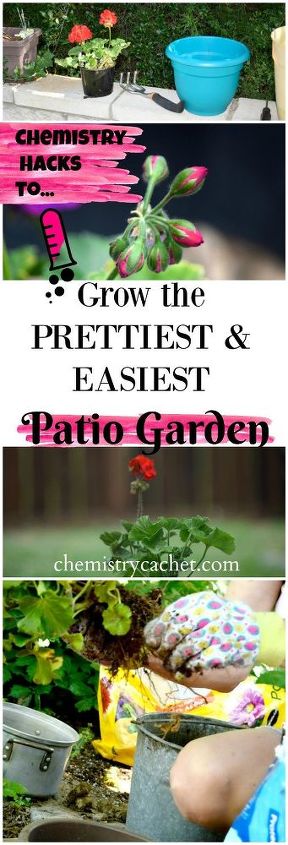





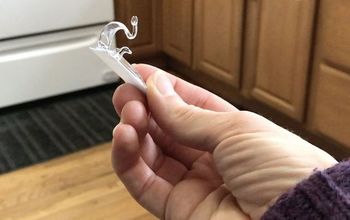




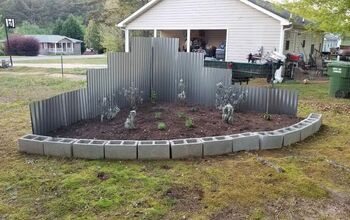
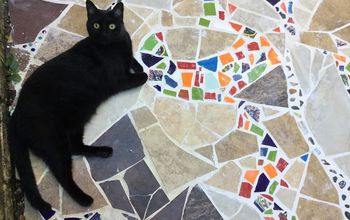

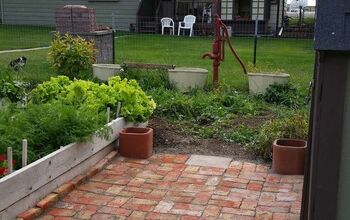
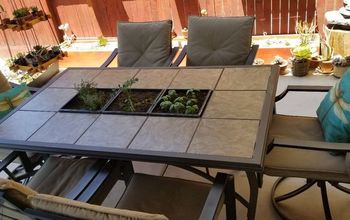





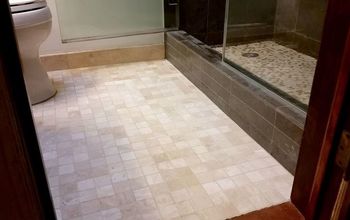







Frequently asked questions
Have a question about this project?